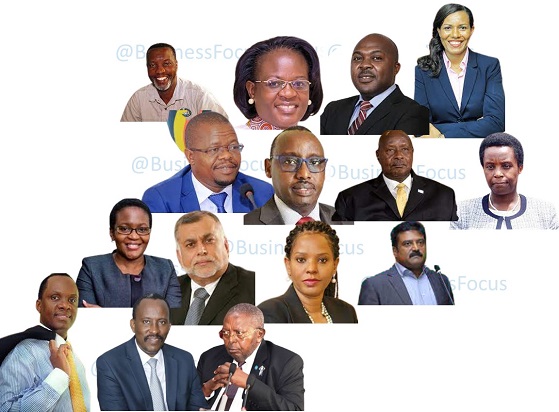South Africa’s economy remains stuck in its longest downward cycle since 1945, adding to pressure on the government to implement reforms to lift business confidence and boost growth.
The economy entered the 70th month of a weakening cycle in September, according to the Reserve Bank’s Quarterly Bulletin released Wednesday in the capital, Pretoria. That’s as economic growth and business confidence languish at multi-year lows while an index gauging sentiment in the manufacturing sector shows contraction.
Africa’s most-industrialized economy hasn’t expanded by more than 2% since 2013 and the central bank’s updated forecasts from last week show it won’t even reach that number by 2021. The Reserve Bank’s 0.6% projection for this year would be the slowest full-year expansion since 2016. Business confidence dropped to the lowest in more than three decades in August as rising debt, concern about the impact of Eskom Holdings SOC Ltd. on the nation’s finances and an unemployment rate at 29% dent the country’s status as an investment destination.
Protracted Slump
Poor business sentiment levels and a “very weak” composite leading business cycle indicator suggest there is no end to the downward phase just yet, said Iaan Venter, the head of the central bank’s business-cycle analysis division and editor of the Quarterly Bulletin. A turn in the cycle is usually preceded by upswings in both measures, he said.
Business groups and the Reserve Bank have urged the government to implement structural reforms to boost the economy and reduce unemployment. The National Treasury published a policy paper Aug. 27 proposing a raft of steps that could increase the average economic growth rate by 2.3 percentage points and create more than a million jobs over a decade. However, several of the ruling African National Congress’s alliance partners have rejected it.
The rand weakened 0.9% to 15.0079 per dollar by 5:47 p.m. in Johannesburg.
The last major falling cycle in the economy lasted 51 months between 1989 and 1993, when the former all-white government renewed a state of emergency and the country prepared for its first democratic elections.
The central bank monitors about 200 indicators representing economic processes such as production, sales, employment and prices to determine the direction of the trend.
These are some of the other highlights from the Quarterly Bulletin for the three months through June:
- Foreign direct investment inflows totaled 26.3 billion rand ($1.75 billion), compared with 11.7 billion rand in the previous quarter.
- Portfolio investments declined to 9.98 billion rand from 29.2 billion.
- Household debt as a ratio of disposable income rose to 72.7% from 72.5%.





